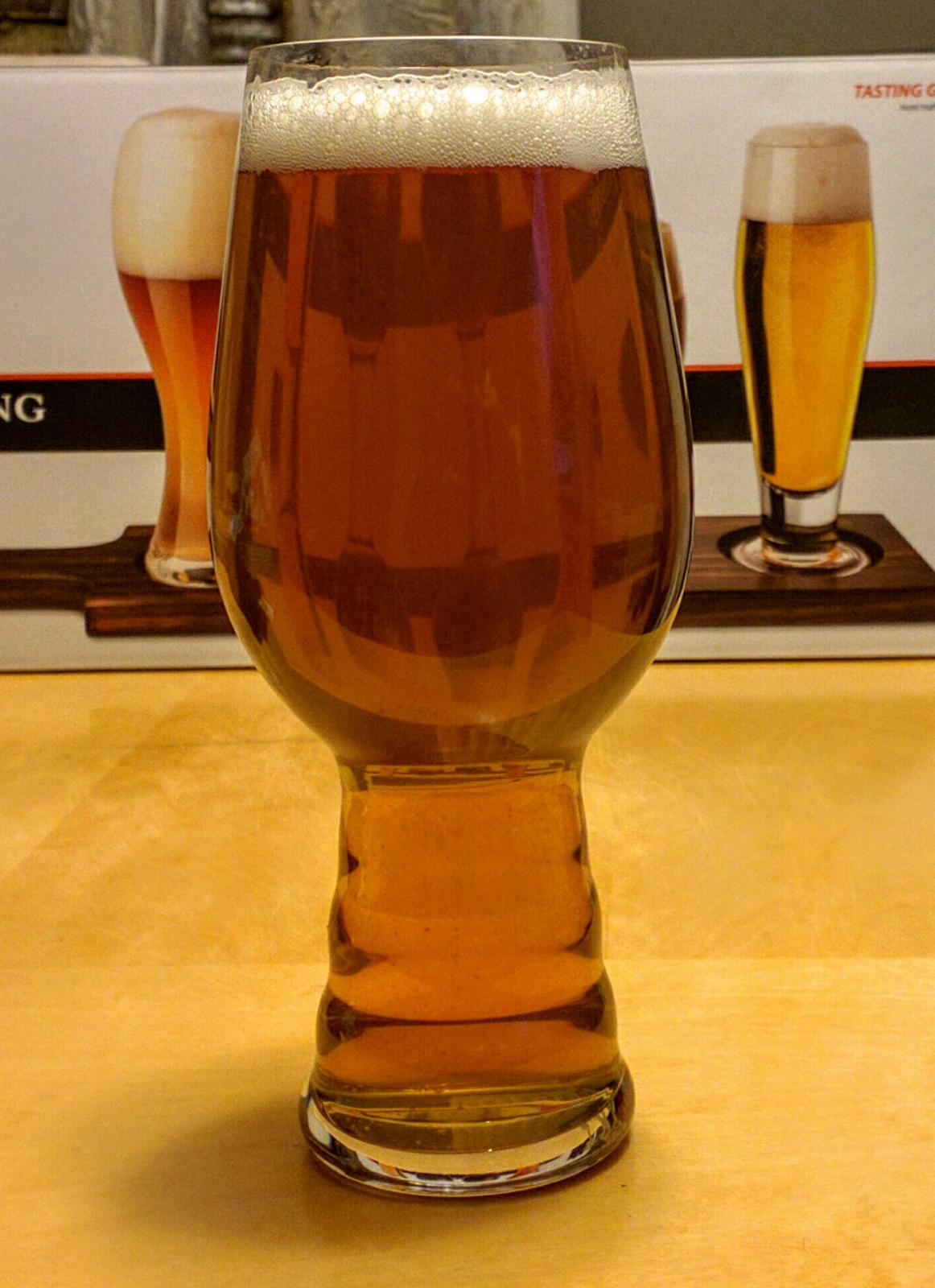ZmannR2
Well-Known Member
So being here for a few days and reading everything I can, it seems about 80% of you recommend never transferring to a secondary. I'll follow suite then for this first batch I'm about 4 days into but I have a question:
How do you transfer to bottling bucket without picking up a bunch of gunk? Being that I WAS gonna be transferring from a glass carboy I figured I could see through the glass to avoid any solids like hops residues and whatnot. Now fom a bucket, do I just guess where they are and hover my siphon a few inches from the bottom? Does this really still produce a good clear product? It's an IPA so I know it won't be that clear anyways but just sayin'.
How do you transfer to bottling bucket without picking up a bunch of gunk? Being that I WAS gonna be transferring from a glass carboy I figured I could see through the glass to avoid any solids like hops residues and whatnot. Now fom a bucket, do I just guess where they are and hover my siphon a few inches from the bottom? Does this really still produce a good clear product? It's an IPA so I know it won't be that clear anyways but just sayin'.





